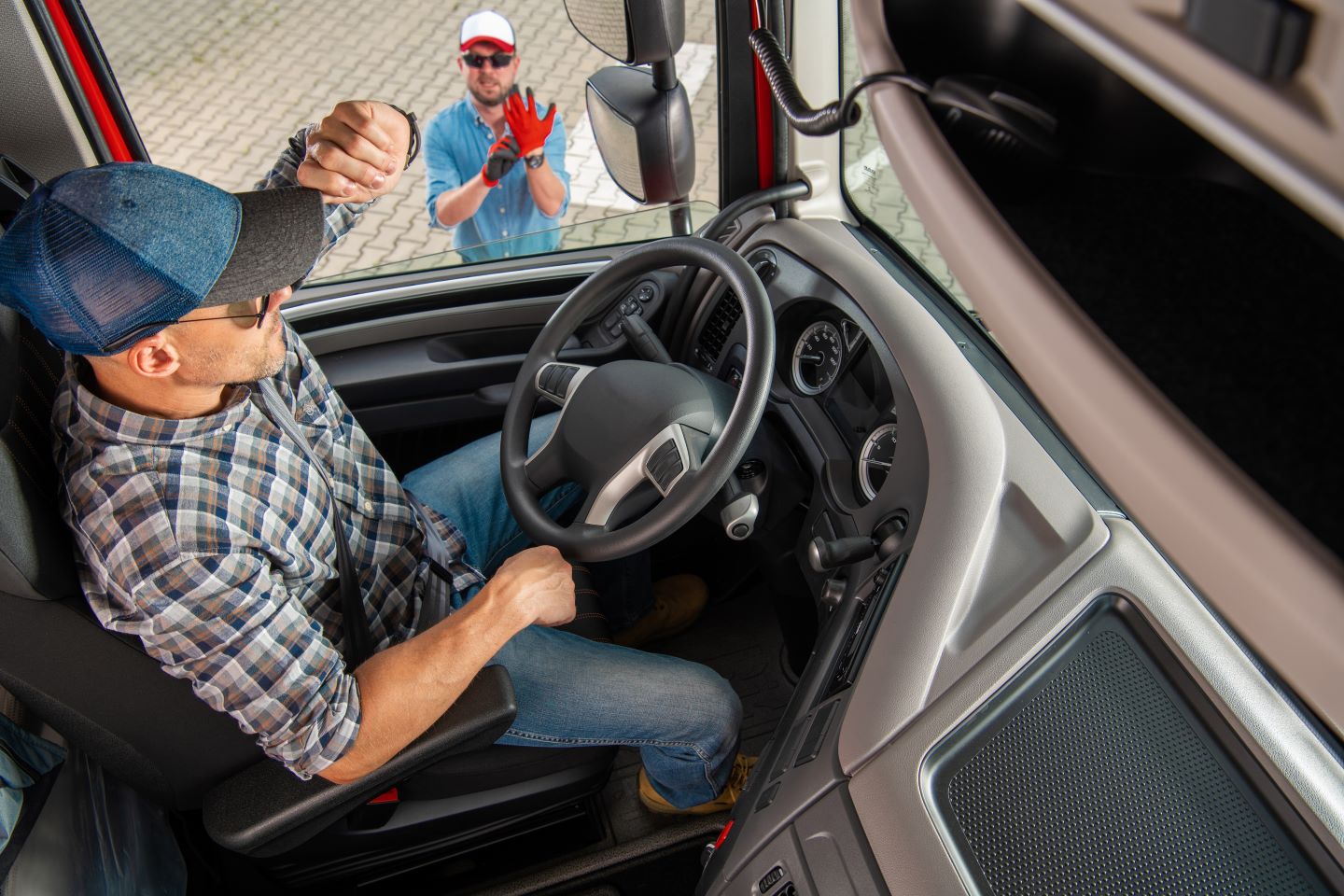Backing and Spotting Safety
Backing up any vehicle can be challenging and comes with associated risks. This is even more true for larger vehicles, as they have substantial blind spots. Due to this, they often require the assistance of a spotter to ensure the driver backs up safely. Today, let’s chat more about the role of a spotter and the procedures involved when backing up a vehicle.
Statistics from the National Highway Traffic Safety Administration report the following:
- Each year there are at least 500,000 backing accidents of some type.
- Of the half million accidents, 15,000 included some sort of injury.
- Approximately 210 people are killed annually from backing accidents, mostly children under the age of 5 (31% of all fatalities).
The role of a spotter
Reversing a vehicle is one of the most dangerous tasks a vehicle operator may perform. The larger the vehicle, the more hazardous it can be. Straight trucks, dump trucks, refuse trucks, utility trucks, and semi-trailers are some examples that should have a spotter.
When backing any vehicle larger than a pickup truck or minivan, the following procedures should be followed:
- A spotter should always be used when driving forward involves movement near lateral, overhead or other obstructions.
- All employees, regardless of whether they are certified to drive, must perform spotting duties where necessary.
- A driver alone in the vehicle may make the backing maneuver without a spotter while taking reasonable precautions to ensure overall safety.
- Backing maneuvers should not be made if drivers do not reasonably believe they can safely do so. Precautions may include, but are not limited to:
-
- exiting the vehicle and making a visual inspection of the surrounding area,
- checking rearview mirrors and backup camera if the vehicle is so equipped, and
- activating the warning horn and making sure the backup alarm is working.
- The driver and the spotter should discuss the proposed maneuver before the driver begins and always use apparent hand signals. Hand signals should be agreed upon before the commencement of the maneuver.
- The spotter should maintain eye contact with the driver's eyes in the mirror, even if changing position frequently.
- The spotter should continue to signal even when the driver's maneuver is unchanging or proceeding normally. Don't signal when something different needs to happen or the driver needs to stop.
- The driver stops the vehicle if the spotter needs to stop spotting momentarily. Resume the maneuver only after spotting is resumed.
- Maintain a safe distance or position from the vehicle while spotting and ensure no obstructions to your walking path before beginning the maneuver.
- Use hand signals, not verbal signals. However, the spotter may supplement hand signals with a verbal warning in an emergency.
- The vehicle should be stopped immediately if the driver needs clarification about the spotter's signals. Resume the maneuver when the driver and spotter have clarified the signs.
- The vehicle should be stopped while the driver looks away from the spotter for any reason, including checking the other mirror.
- When spotting, concentrate on the spot, not talking to someone nearby.
Standard signals for spotters
Straight back: one hand above the head with palm toward the face, waving back. Another hand at the spotter's side.
Turn: arms pointing in the same direction with index fingers extended.
Stop: both arms stretched and palms facing outward. This signal can be reinforced by yelling the stop order loud enough so the driver can hear.
Backing Prevention
Many solutions exist to prevent backing incidents. Drivers can use a spotter to help them back up their vehicles. Video cameras with in-vehicle display monitors can give drivers a view of what is behind them. Proximity detection devices, such as radar and sonar, can alert drivers to objects behind them. Tag-based systems can inform drivers when other employees are behind the vehicle. They can further alert employees when they walk near a vehicle equipped to communicate with a wearable tag. On some work sites, employers can create internal traffic control plans that tell drivers where to drive and reduce the need to back up. Internal traffic control plans can also separate employees on foot from operating equipment.
Training is another tool to prevent backing incidents. Blind spots behind and around vehicles are not immediately apparent to employees on foot. Employers can prevent some backing incidents by training employees on where those blind spots are and how to avoid being in them. One training component can include putting employees working around vehicles in the driver’s seat to get a feel for where the blind spots are and what the drivers can see.
It is key to ensure you are backing up safely, and following the roles outlined as a spotter to ensure this is done efficiently and effectively.

